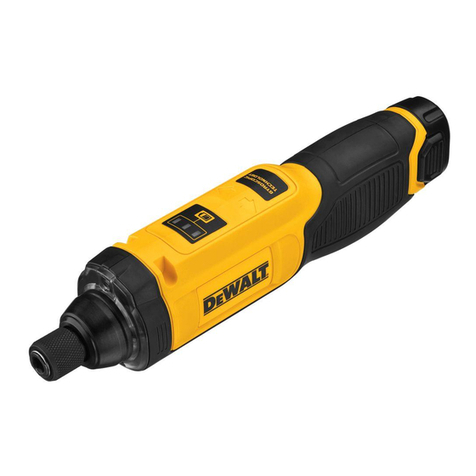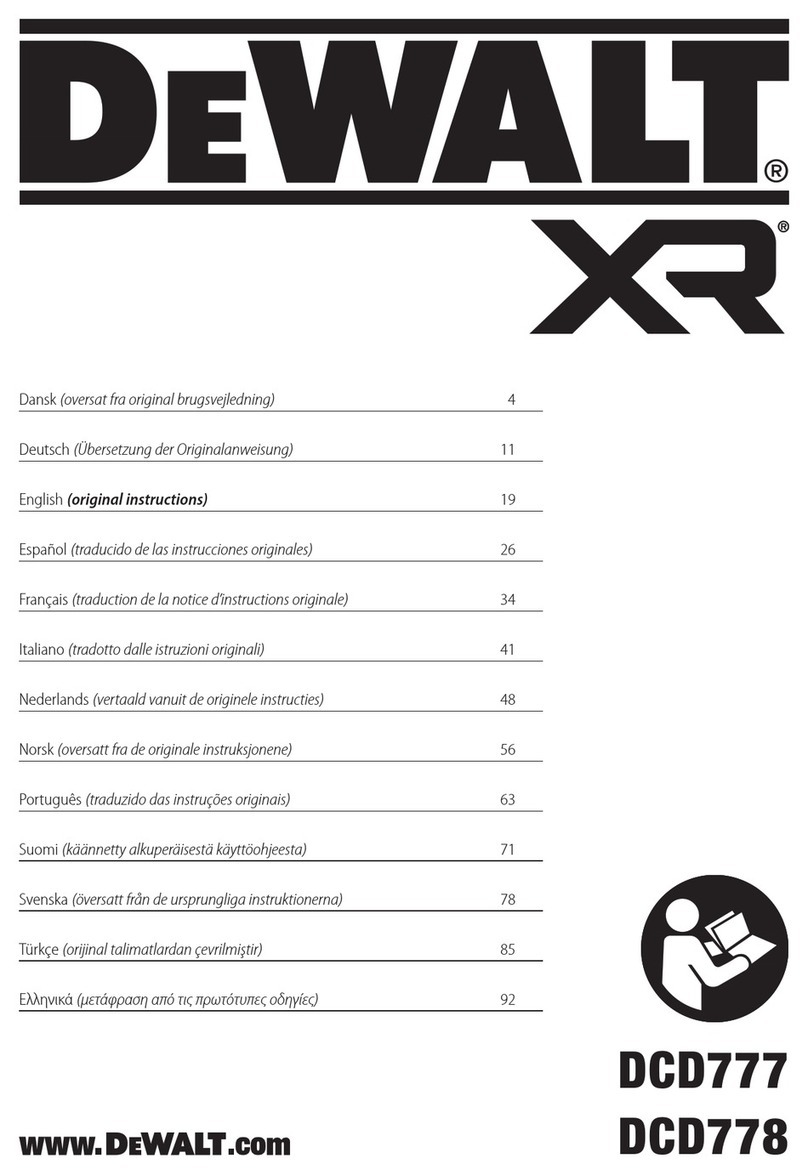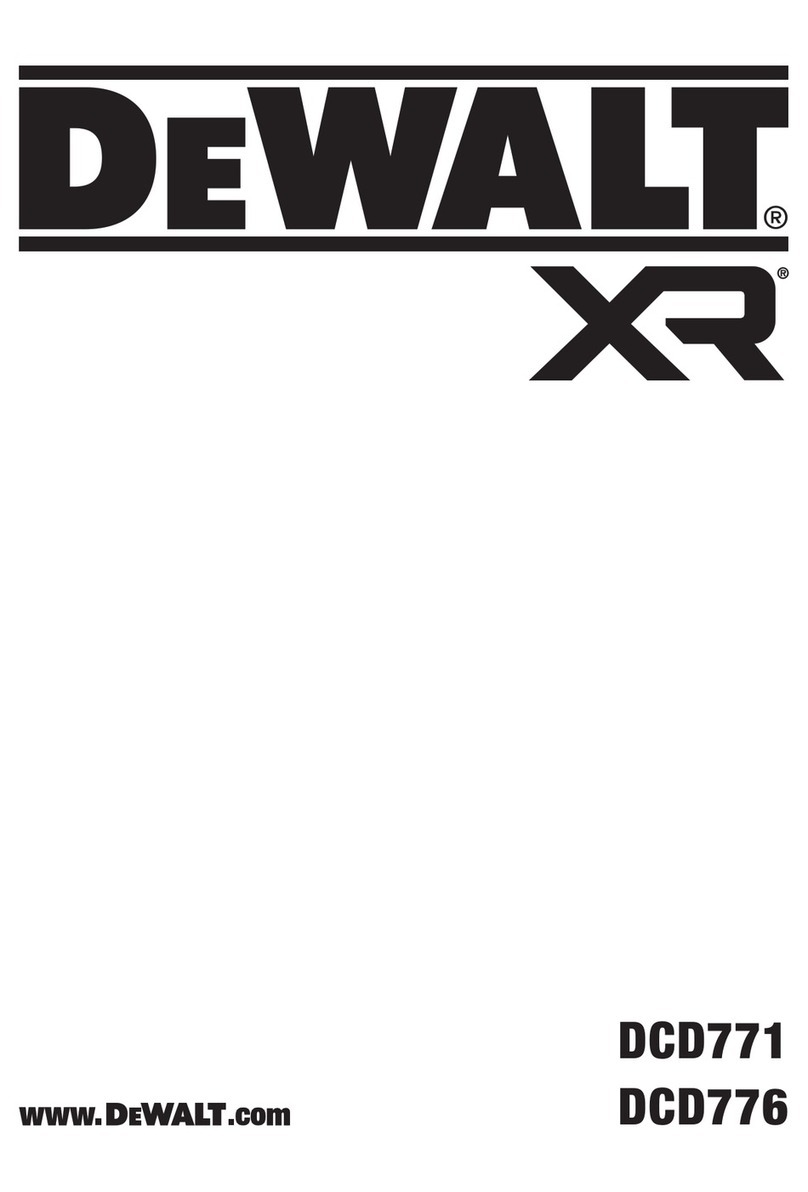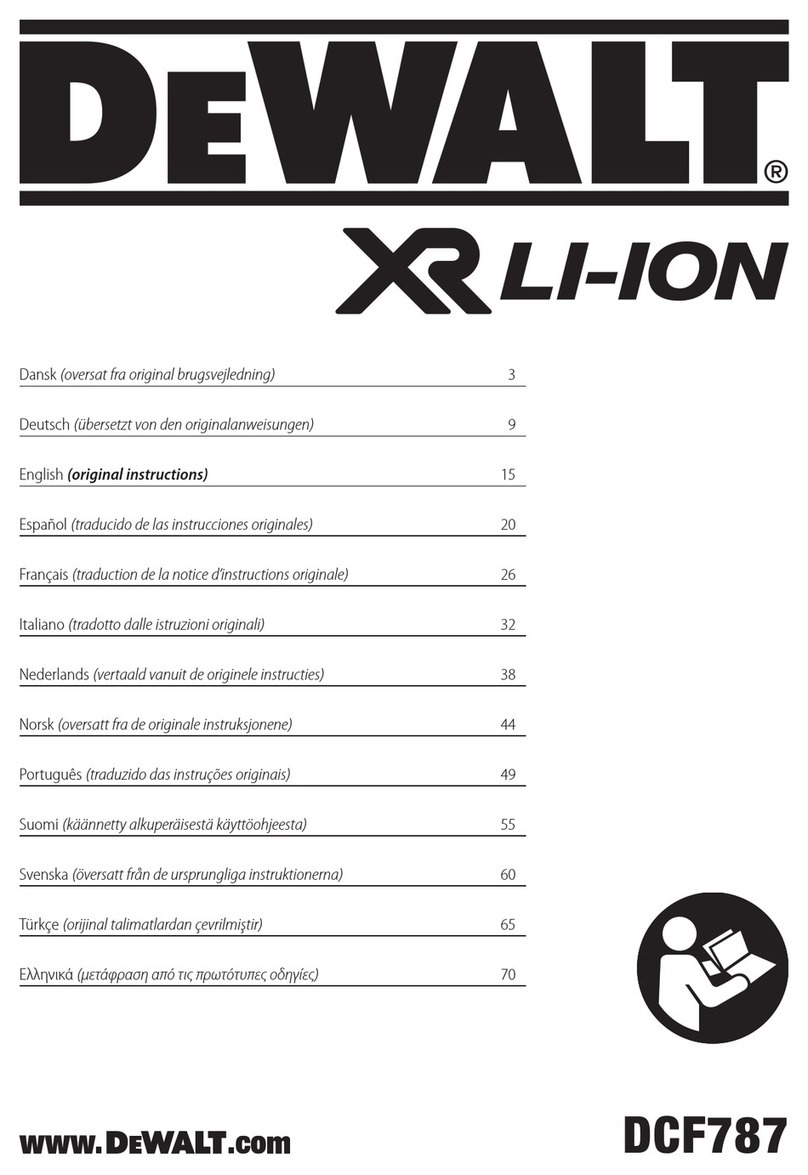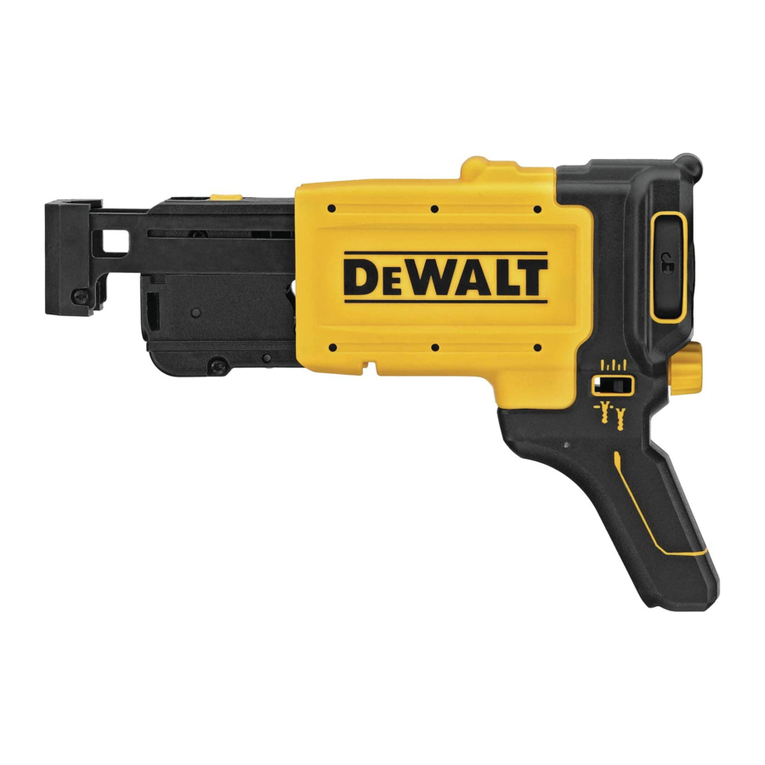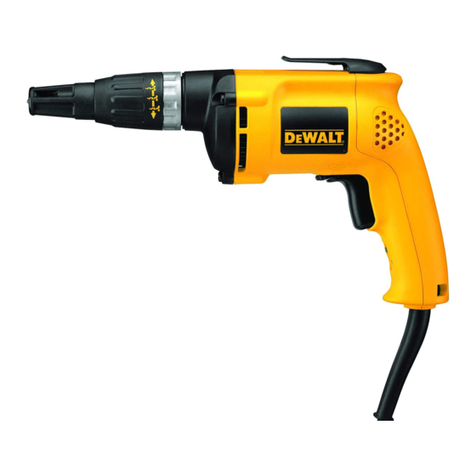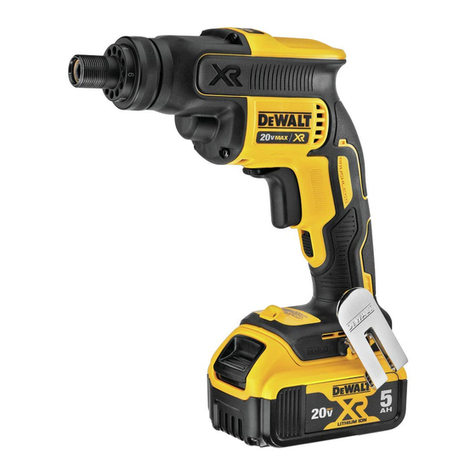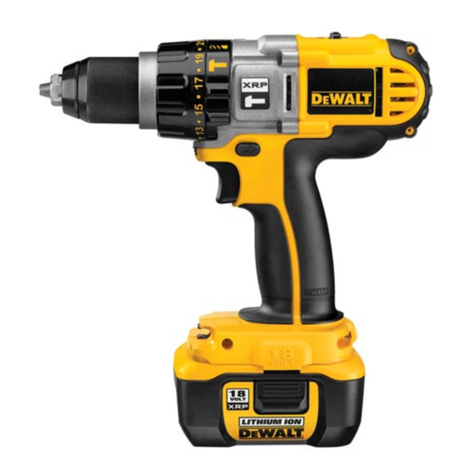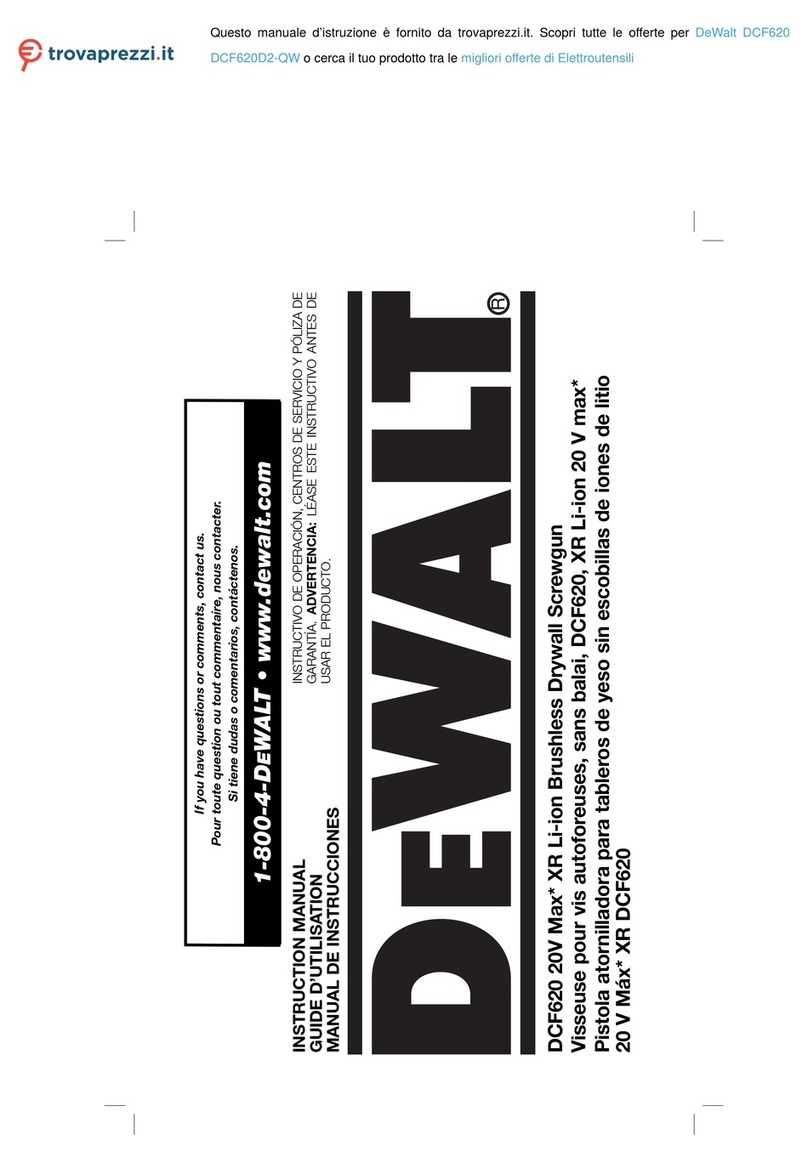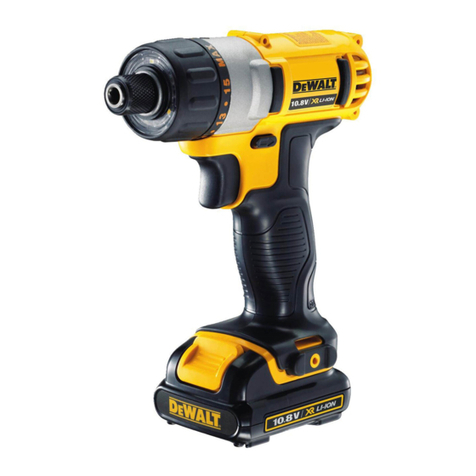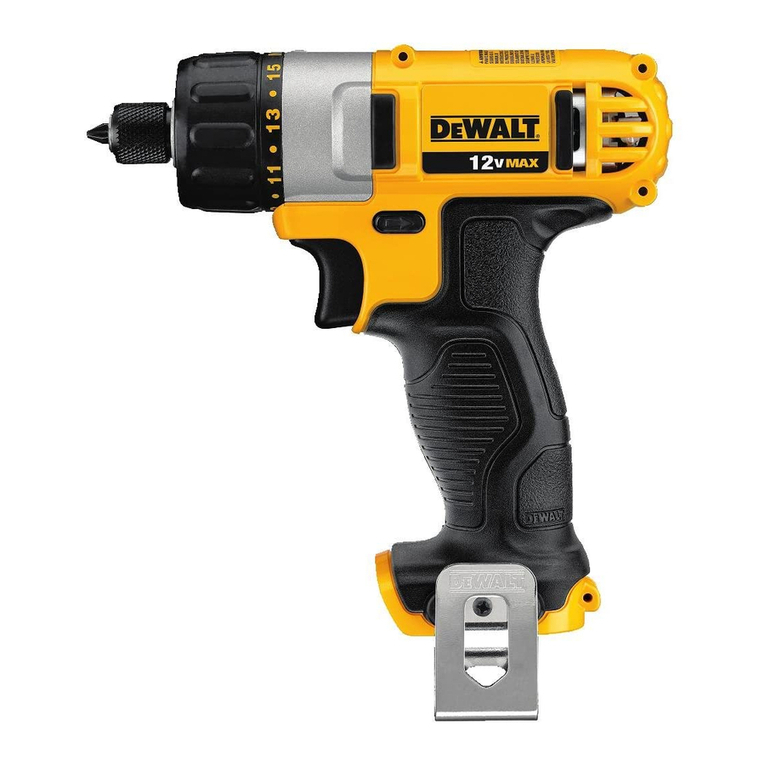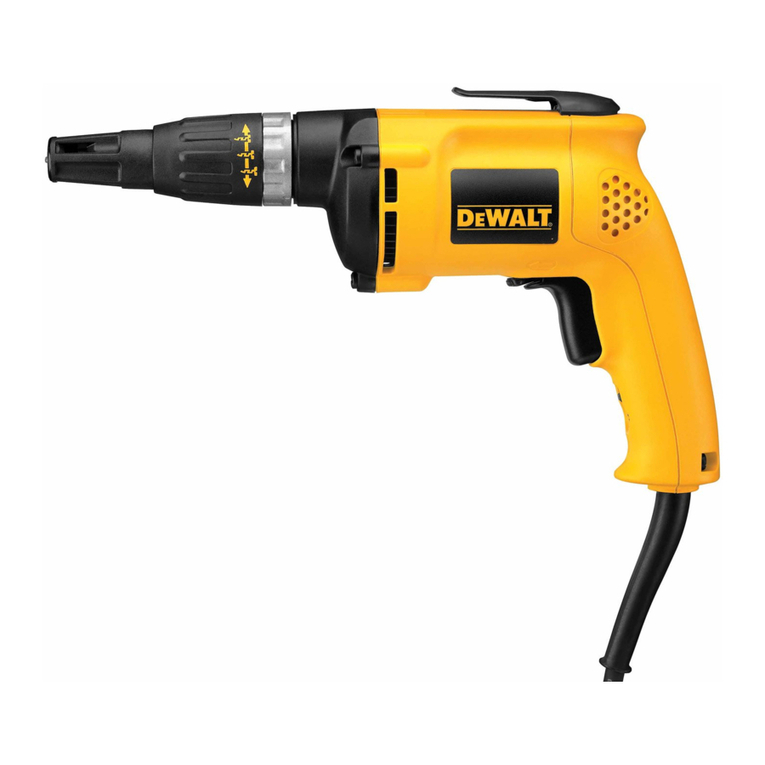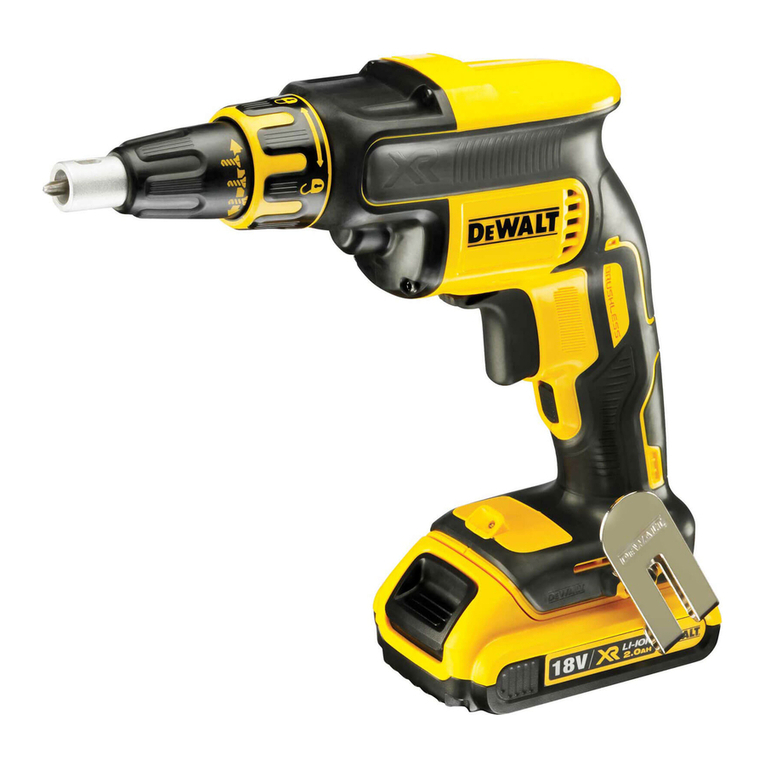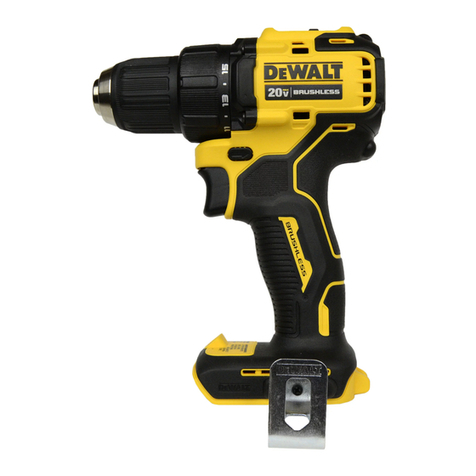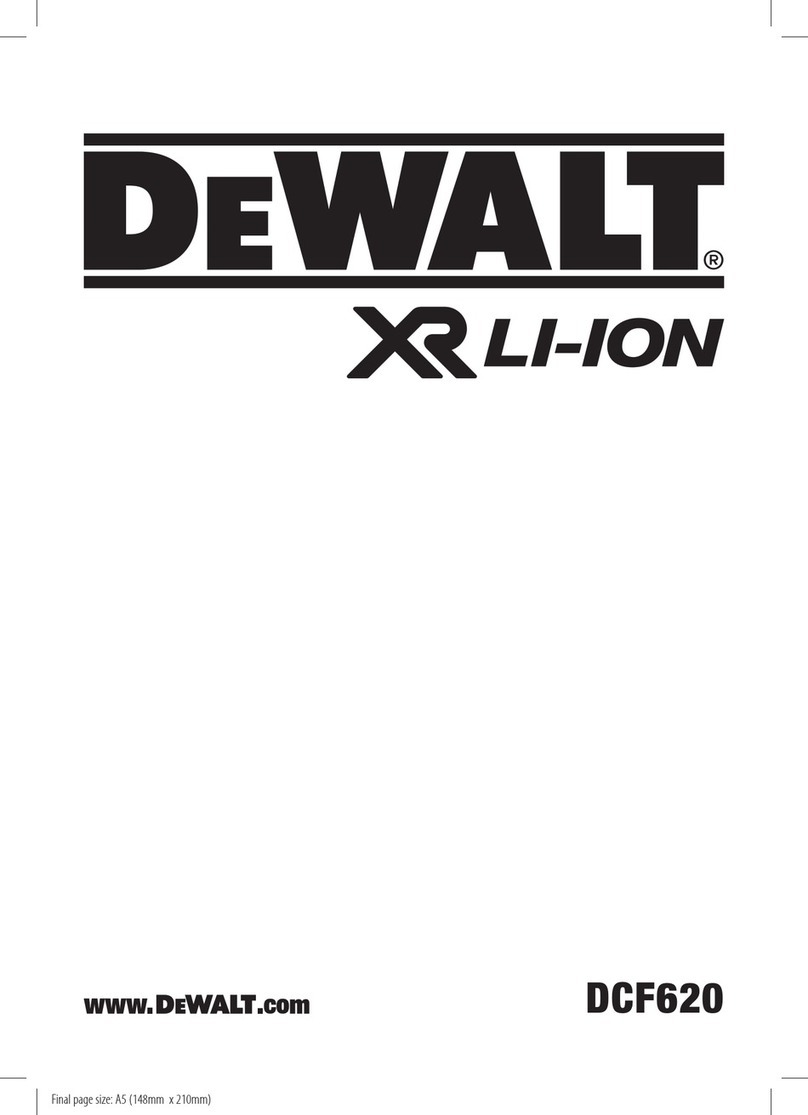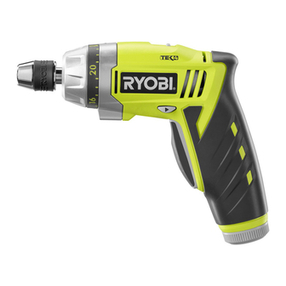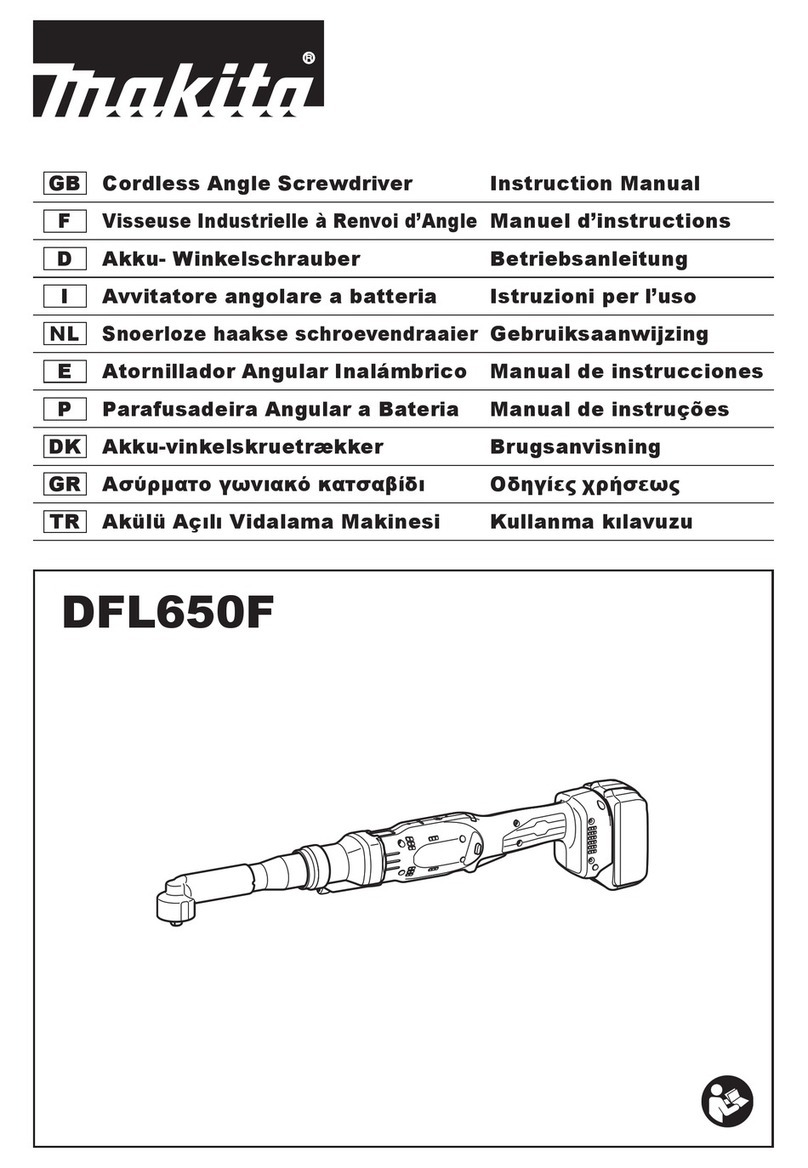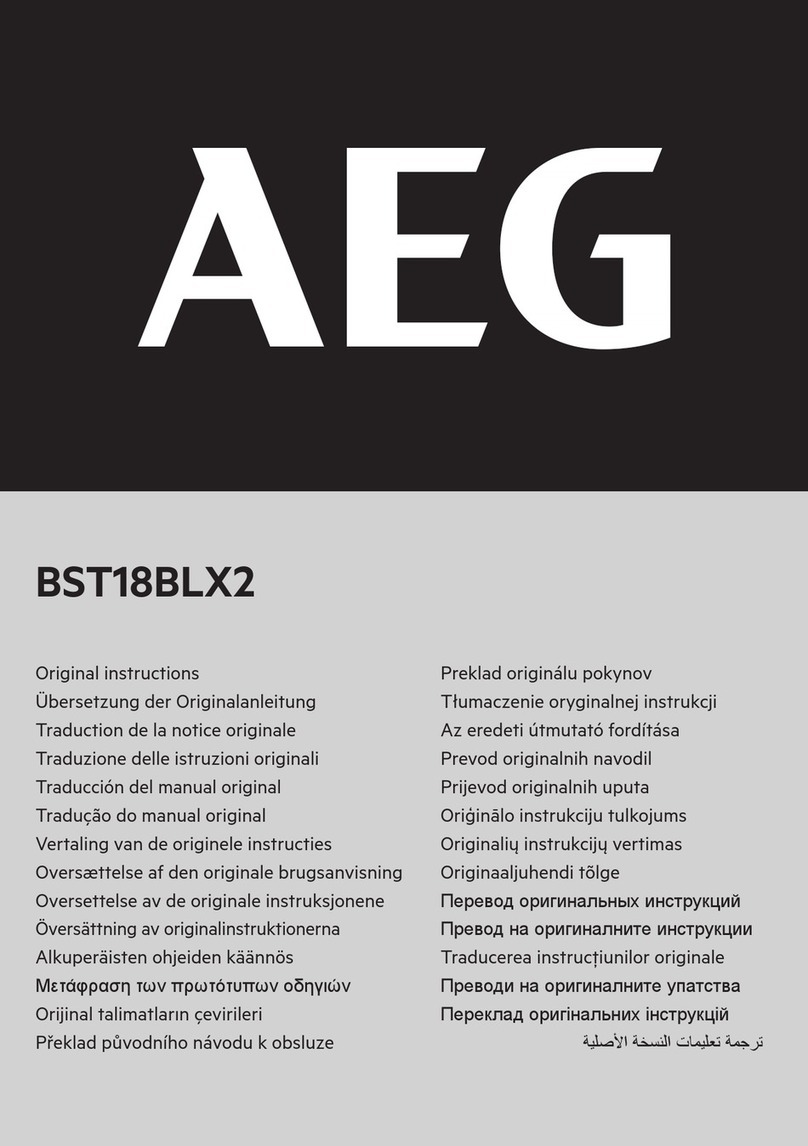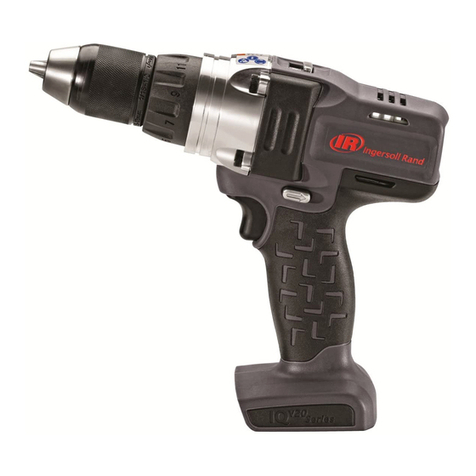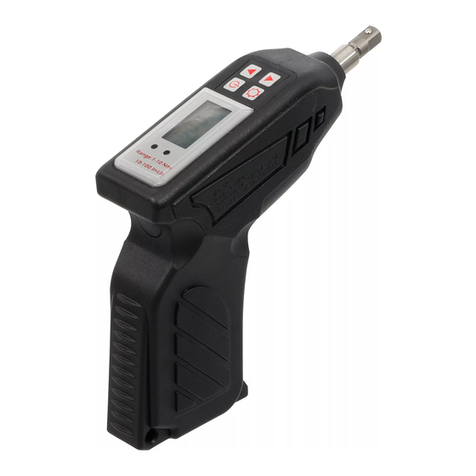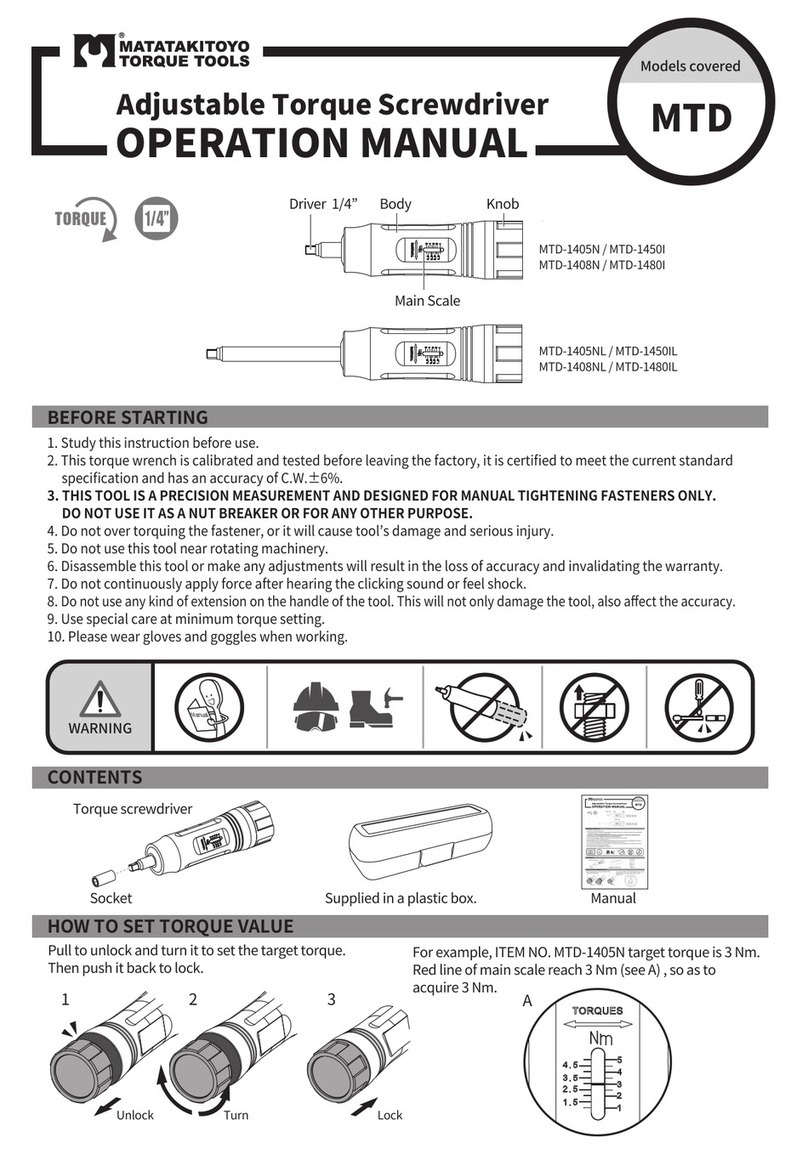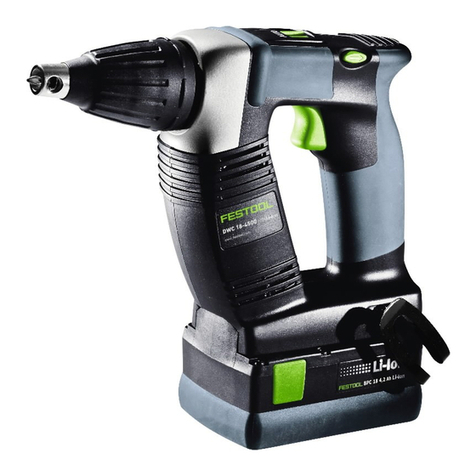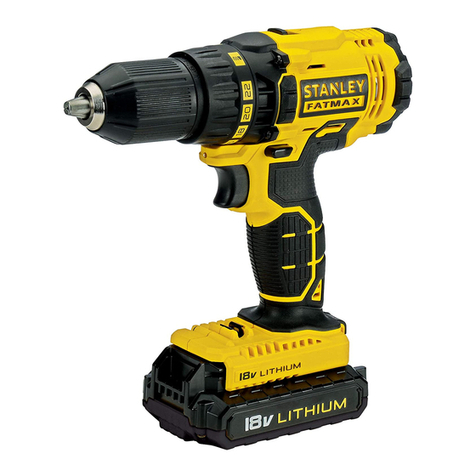3
WARNING: Some dust created by power sanding, sawing, grinding, drilling, and
other construction activities contains chemicals known to cause cancer, birth defects
or other reproductive harm. Some examples of these chemicals are:
• lead from lead-based paints,
• crystalline silica from bricks and cement and other masonry products, and
• arsenic and chromium from chemically-treated lumber.
Your risk from these exposures varies, depending on how often you do this type of
work. To reduce your exposure to these chemicals: work in a well ventilated area, and
work with approved safety equipment, such as those dust masks that are specially
designed to filter out microscopic particles.
• Avoid prolonged contact with dust from power sanding, sawing, grinding,
drilling, and other construction activities. Wear protective clothing and wash
exposed areas with soap and water. Allowing dust to get into your mouth, eyes,
or lay on the skin may promote absorption of harmful chemicals.
WARNING: Use of this tool can generate and/or disburse dust, which may cause
serious and permanent respiratory or other injury. Always use AS/NZS1716 approved
respiratory protection appropriate for the dust exposure. Direct particles away from
face and body.
WARNING: Always wear proper personal hearing protection that conforms to
AS/NZS1270 during use. Under some conditions and duration of use, noise from this
product may contribute to hearing loss.
• The label on your tool may include the following symbols. The symbols and their
definitions are as follows:
V......................volts A.........................amperes
Hz ....................hertz W........................watts
min ..................minutes or AC ............alternating current
or DC.....direct current or AC/DC......alternating or
...................Class I Construction direct current
(grounded) no .......................no load speed
...................Class II Construction n .........................rated speed
(double insulated) .......................earthing terminal
…/min .............per minute .......................safety alert symbol
BPM.................beats per minute IPM .....................impacts per minute
• Young children and the infirm. This appliance is not intended for use by young
children or infirm persons without supervision.
– This appliance is not intended for use by persons (including children) with
reduced physical, sensory or mental capabilities, or lack of experience and
knowledge, unless they have been given supervision or instruction concerning
use of the appliance by a person responsible for their safety.
– Children should be supervised to ensure that they do not play with the appliance.
•Replacement of the supply cord. If the supply cord or plug is damaged, it must
be replaced by the manufacturer or an authorised DEWALT Service Centre in
order to avoid a hazard.
Extension Cords
CAUTION: Use only extension cords that are approved by the country’s Electrical
Authority. Before using extension cords, inspect them for loose or exposed wires,
damaged insulation and defective fittings. Replace the cord if necessary.
Additional Safety Instructions
• Hold tool by insulated gripping surfaces when performing an operation where
the cutting tool may contact hidden wiring or its own cord. Contact with a “live”
wire will make exposed metal parts of the tool “live” and shock the operator.
• Keep handles dry, clean, free from oil and grease. It is recommended to use
rubber gloves. This will enable better control
• Keep tool dry from sweat during use. Reduce risk of electric shock by preventing
perspiration or other liquids from entering the tool during use in hot/humid
conditions. Use wristbands, gloves, drying towels or cloths as necessary.
• Air vents often cover moving parts and should be avoided. Loose clothes, jew-
ellery or long hair can be caught in moving parts.
WARNING: We recommend the use of a residual current device with a residual
current rating of 30mA or less.
WARNING: ALWAYS wear approved protective safety equipment complying with
the following standards:
• Eye protection: AS/NZS1337 Eye Protectors for Industrial Applications;
• Hearing protection: AS/NZS1270 Acoustics – Hearing Protection;
• Respiratory protection: AS/NZS1716 Respiratory Protective Devices.
